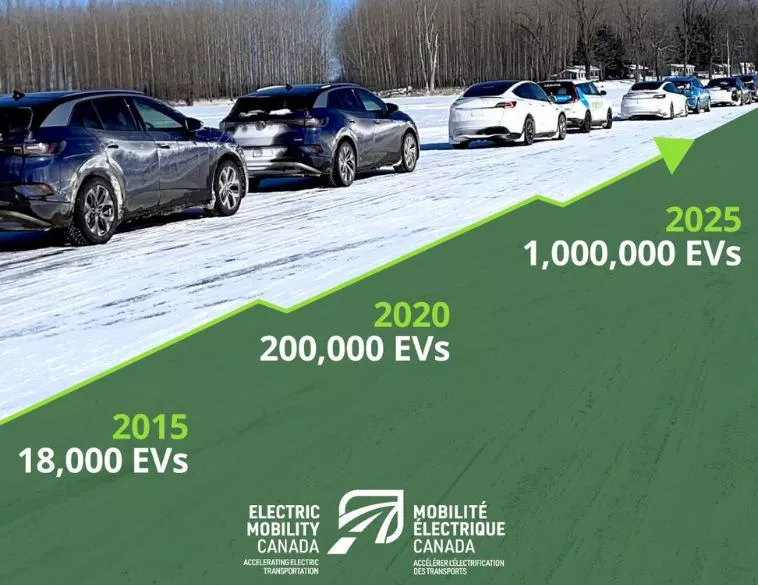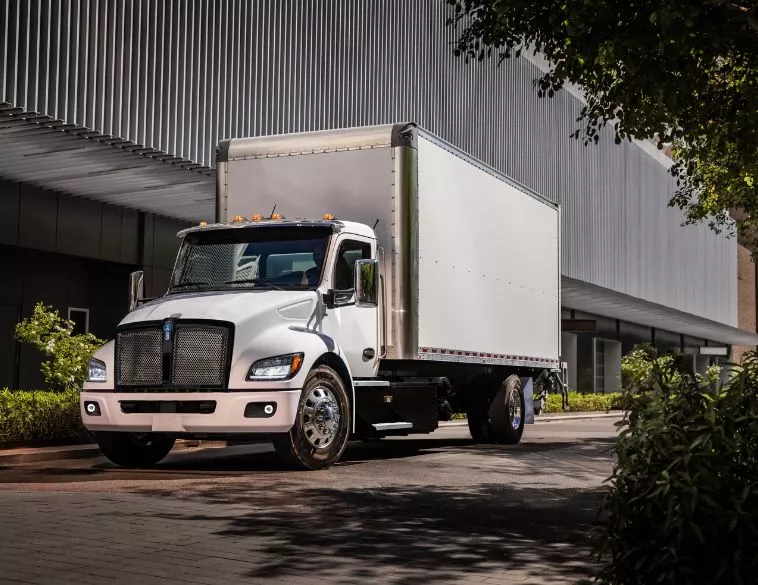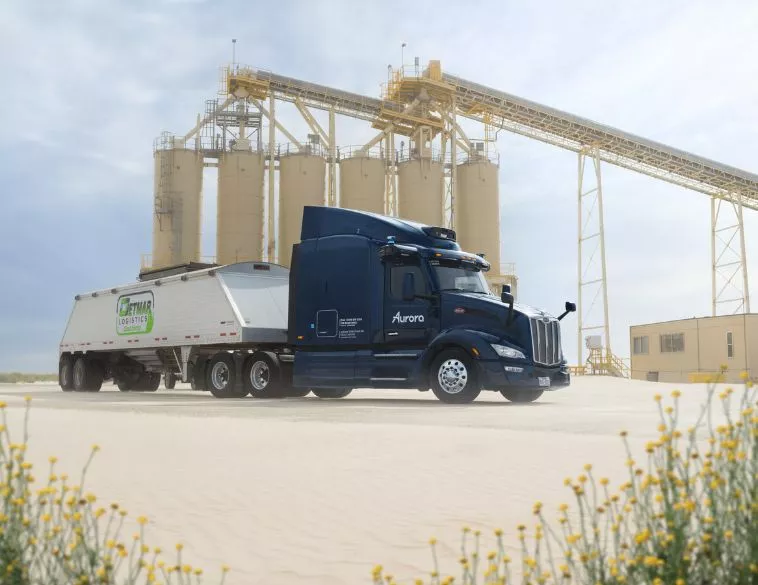Fighting Emissions with Electrons

The Innovative Vehicle Institute (IVI), based in Saint-Jérôme, Quebec recently published a report highlighting the electrification potential for heavy-duty vehicles in the province. Conducted in collaboration with the Quebec government and Hydro-Québec, this study confirms that many Class 6 to 8 trucks are ready to make the switch to electric power. However, the transition faces several challenges.
Although heavy trucks make up just a small portion of vehicles on the road, they account for 75% of greenhouse gas (GHG) emissions from the transportation sector. In 2021, they accounted for 42.6% of Quebec's total emissions. Unfortunately, of the 107,658 heavy trucks (all categories combined) registered in 2024, only 493 are powered by electricity. However, the potential is there: 44% of these vehicles operate daily within a 160-km radius of their home base—an ideal scenario for transition—while barely 5% undertake long-haul journeys.
A promising future
IVI's pilot project, which ran from 2021 to 2024, tested five electric trucks in a variety of configurations. They averaged 146 km per day (with the longest single-day distance reaching 302 km), primarily in urban settings, returning to base each evening. Results show that more than half (57%) of straight trucks (Classes 6 and 7) could begin the transition immediately. However, for Class 8 trucks, only 27% of analyzed scenarios proved viable. Similar to heavy hauling and forestry transport, their energy requirements exceed current battery capabilities.
The report emphasized that several factors influence electric truck performance, starting with vehicle mass. The variation is more pronounced with tractors, where each additional tonne increases consumption by 4-5 kWh/h. Batteries also add weight, reducing total payload capacity: up to 8% for a semi-tractor and 23% for a straight truck. Energy consumption increases with extreme temperatures, highway speeds, slow traffic (under 15 km/h), and steep grades—with grades having an even bigger impact on fully-loaded trucks.
Tests demonstrated that a 50-kW charger is generally sufficient to replenish a truck overnight. For straight trucks, 25-kW power can be more than adequate. While using a higher-capacity unit reduces charging time, it significantly increases costs, limiting potential savings.
Favourable criteria
Certain parameters facilitate energy transition, with electrification being better suited to commuter routes in urban or suburban areas covering approximately 200 kilometres, with end-of-day terminal returns. It's also more appropriate for lighter loads (less than 9,000 kg for tractors), vehicles operating on a single shift, and those primarily running at moderate speeds (averaging 25-30 km/h).
The document highlighted the electrification potential of Quebec's heavy truck fleet. While not a universal solution, this technology can significantly lower GHG emissions for a large portion of current fleets. Fleet managers must carefully evaluate their needs to determine if this path is viable. Driver training and education on electric vehicles, combined with fuel-efficient driving techniques, will help maximize range and cut operating costs. That said, IVI emphasized that federal and provincial incentives are still crucial for making the business case work.





